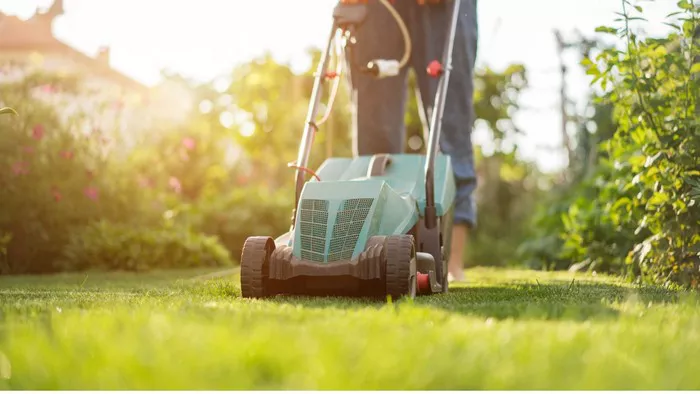Keeping your lawn neat and debris-free is a constant battle, especially when it comes to pesky sticks and twigs. While raking might seem like the only option, lawn sweepers have become a popular tool for yard cleanup. But can these machines handle the challenge of sticks alongside leaves and grass clippings? This guide will explore the capabilities of lawn sweepers for picking up sticks, helping you achieve a picture-perfect yard.
See also: What is An Industrial Sweeper
The Power of the Sweeper
Lawn sweepers are mechanical marvels designed to make yard cleaning a breeze. They typically consist of a rotating brush system that gathers leaves, grass clippings, and other debris into a collection hopper. This eliminates the need for manual raking, saving you time and effort. However, a crucial question often arises: can lawn sweepers effectively pick up sticks alongside other yard waste?
Absolutely! Lawn sweepers are designed to handle a variety of debris, including small sticks and twigs. The rotating brushes efficiently gather these materials, making them disappear from your lawn. This functionality significantly improves the overall efficiency of your yard cleaning routine.
Understanding the Mechanism
To truly appreciate a lawn sweeper’s ability to pick up sticks, let’s delve deeper into its working mechanism. The core element is a set of rotating brushes located underneath the sweeper. As you push or tow the machine, these brushes spin rapidly, sweeping debris like leaves, twigs, and grass clippings towards a collection hopper at the rear. The hopper acts as a temporary storage unit until you empty it into a compost pile or trash bin.
Factors Affecting Stick Pick-Up
While lawn sweepers excel at picking up small sticks, a few factors can influence their effectiveness:
1. Stick Size: Generally, lawn sweepers can handle most small sticks and twigs you encounter in your yard. However, for larger, thicker branches, pre-raking or breaking them down into smaller pieces might be necessary to avoid jamming the sweeper or causing damage.
2. Sweeper Type: There are two main types of lawn sweepers – push models and tow-behind models. Both are capable of picking up small sticks. Push sweepers are ideal for smaller yards and offer greater maneuverability, while tow-behind models are better suited for larger areas and often have wider brushes for increased coverage.
3. Lawn Conditions: Uneven terrain or thick, overgrown grass can hinder a lawn sweeper’s ability to pick up sticks efficiently. Mowing your lawn beforehand helps create a smoother surface, allowing the sweeper’s brushes to make better contact with the ground and collect debris more effectively.
See also: How a Tow-Behind Lawn Sweeper Works
Optimizing Stick Pick-Up with These Tips
For the best results when using a lawn sweeper to pick up sticks, follow these helpful tips:
1. Clear Large Sticks: Before using the sweeper, remove any large sticks or branches that could potentially jam the machine or damage the brushes.
2. Mow Before Sweeping: Mowing your lawn creates a smoother surface, allowing the sweeper to operate more efficiently and collect sticks more readily.
3. Adjust the Height Setting: If your lawn is uneven or has thick grass, adjust the sweeper’s height setting slightly higher to avoid scalping the ground. This ensures the brushes can still make proper contact with the ground to pick up sticks and other debris.
4. Multiple Passes: For heavily littered areas with a significant amount of sticks, you might need to make multiple passes with the sweeper for a thorough cleaning.
Conclusion
Lawn sweepers are a valuable tool for keeping your yard free of small sticks and twigs, alongside leaves and grass clippings. By understanding their capabilities, limitations, and the factors affecting stick pick-up, you can optimize your lawn sweeper’s performance for a clean and tidy yard. However, for very large sticks or heavy debris loads, alternative methods like raking or using a leaf vacuum might be more suitable. Remember to consult your sweeper’s manual for specific guidelines and happy cleaning!

